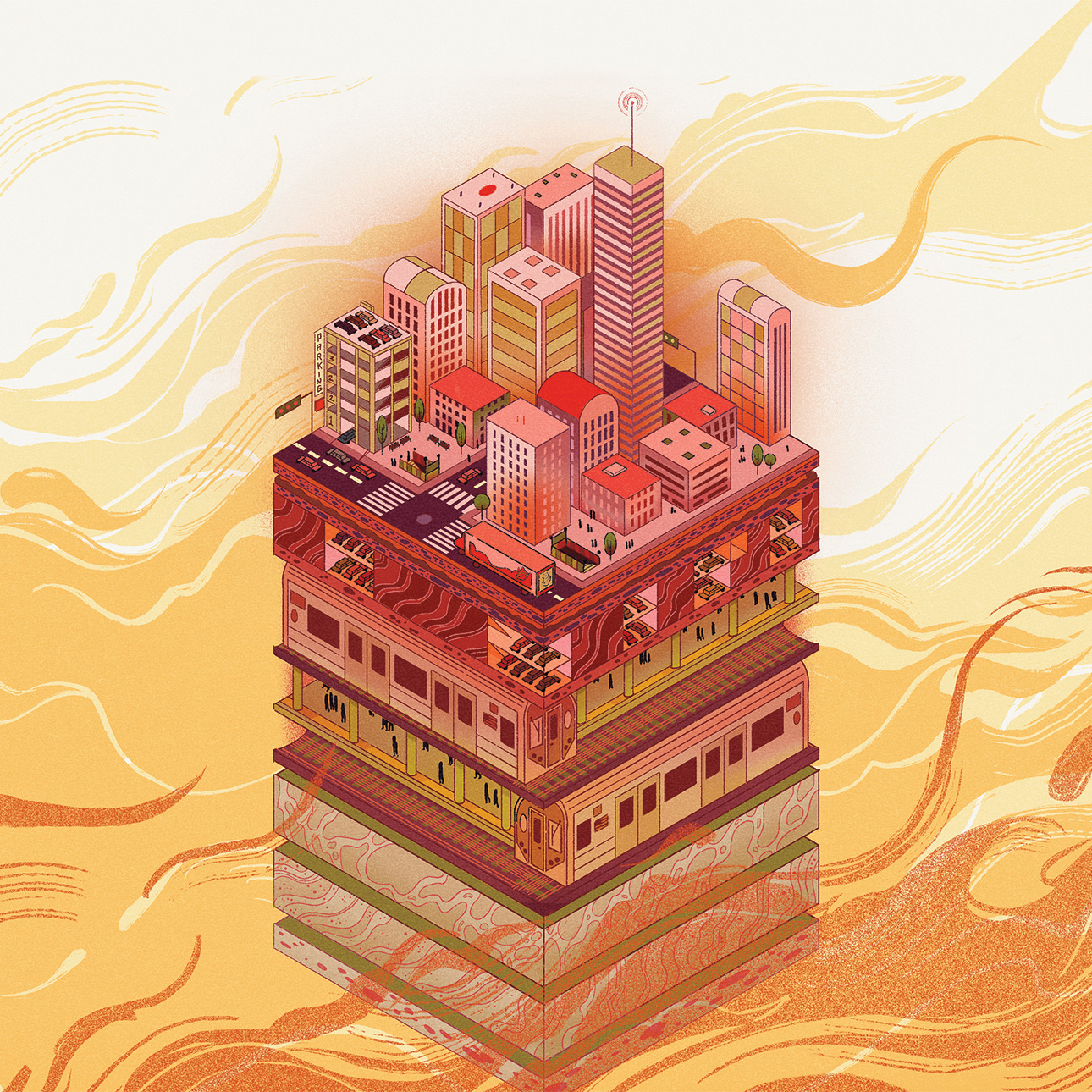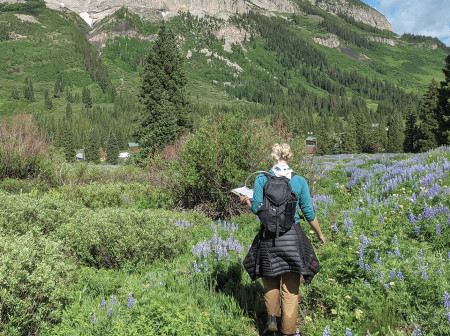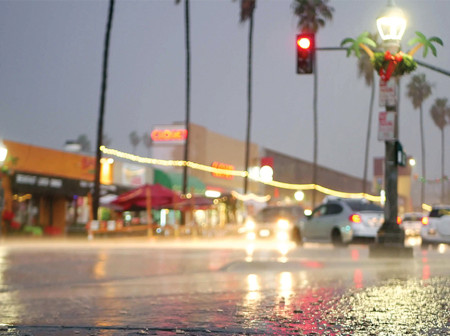Climate change isn’t just affecting our air and water. It’s also deforming the ground below our feet.
In urban areas around the globe, buildings and underground transportation systems continuously emit heat, causing the ground to warm at an alarming rate. Combine this heat with increasing surface temperatures from human-caused climate change, and the shallow subsurface beneath cities is warming by 0.1 to 2.5 degrees Celsius per decade.
Northwestern researchers now are the first to discover a link between this phenomenon (known as “underground climate change” or “subsurface heat islands”) and ground movements beneath urban areas. As the ground warms, it also moves, the researchers found. And this could be a ticking time bomb for urban infrastructure, which is now, quite literally, on shaky ground.
“Underground climate change is a silent hazard,” says Alessandro Rotta Loria, the study’s lead author and an assistant professor of civil and environmental engineering. “Temperature variations are deforming the ground, and no existing civil structure or infrastructure is designed to withstand these variations. In other words, you don’t need to live in Venice to live in a city that is sinking — even if the causes for such phenomena are completely different.”
To conduct the study, Rotta Loria and his team installed a wireless network of more than 150 temperature sensors throughout Chicago’s Loop, both above and below ground.
They placed sensors in the basements of buildings, subway tunnels, underground parking garages and subsurface streets. For comparison, the team also buried sensors in parts of Grant Park, a green space located along Lake Michigan, where there are no underground structures. Data indicated that underground temperatures beneath the Loop are often 10 degrees Celsius warmer than temperatures beneath Grant Park. Air temperatures in underground structures can be up to 25 degrees Celsius higher compared to the undisturbed ground temperature. When the heat diffuses, it puts significant stress on materials that expand and contract with changing temperatures.
After collecting data for three years, Rotta Loria built a 3D computer model to simulate how ground temperatures have evolved — and how the ground itself has deformed — over time. According to the simulations, warmer temperatures can cause the ground to swell and expand upward by as much as 12 millimeters. They also can cause the ground to contract and sink downward — beneath the weight of a building, for example — by as much as 8 millimeters. Although this seems imperceptible, the variation is more than many building components and foundation systems can handle.
“We used Chicago as a living laboratory, but underground climate change is common to nearly all dense urban areas worldwide,” Rotta Loria says. “And all urban areas suffering from underground climate change are prone to problems with infrastructure. In particular, European cities with very old buildings will be more susceptible to subsurface climate change.”
Still, Rotta Loria says no one should panic. Buildings might be slowly sinking but will not suddenly collapse. And there is time to harvest waste heat from buildings and reuse it to heat indoor spaces. Engineers and urban planners can install thermal insulation in new and existing buildings as well.
“The consequences for infrastructure can be very bad, but it takes a long time to see them,” Rotta Loria says. “It’s very likely that underground climate change has already caused cracks and excessive foundation settlements that we didn’t associate with this phenomenon because, until now, we weren’t aware of it.”




Reader Responses
No one has commented on this page yet.
Submit a Response